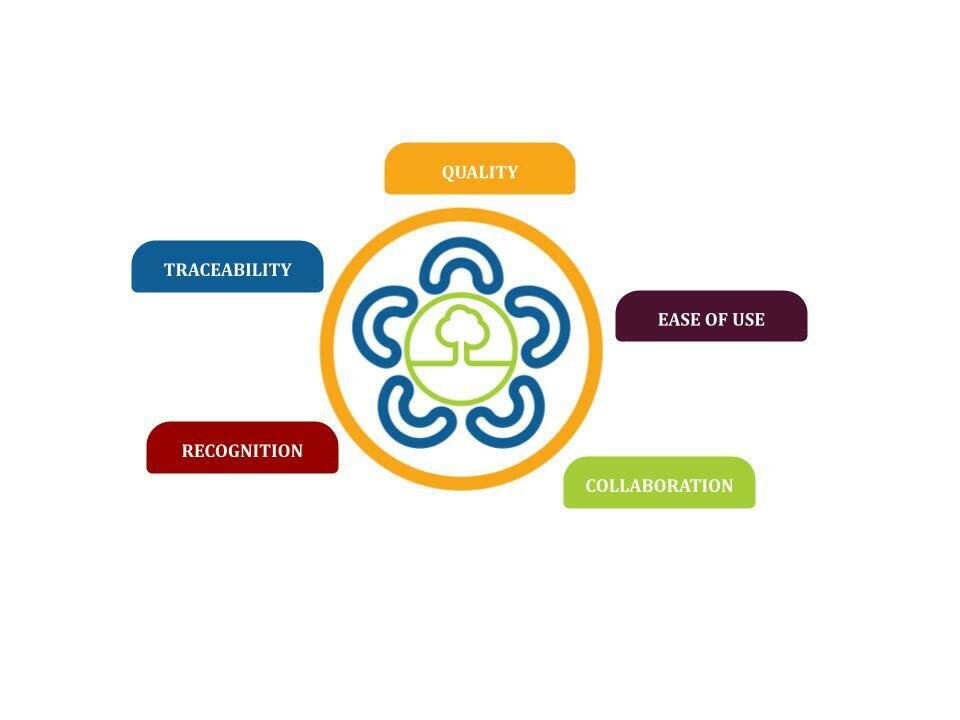CABLE code management
Claire Carouge
CABLE is a mess
Several versions exist with different science.
Hard to bring all the science together.
Hard to know what is in each version.
No minimum quality standard is required.
Hard to track who has done what and for why.
Documentation is not updated so it's hard to know how to use CABLE.
Let's work together to fix it
It isn't the first time we try.
Let's see how we propose to do it.

Our Goal
Use modern tools for simplicity:
Move to git and GitHub
Provide essential tools for successful collaborative code:
- continuous integration
- authorship is kept throughout
- enables easy connections between issues, commits and code reviews
- collaborative by design, no permission issues
- integration with modern editors for visual version control
C
R
E
T
Q
Work in branches
Model development happens in branches
Nobody can write directly to the main branch. All other branches are open to everyone
This ensures all changes go through the same quality control steps.
C
T
Q
New feature = new namelist option
All new development should be protected by a namelist option:
- new option
- new value for an existing option
C
T
Q
Quality control with standardised tests
Contributions will need to pass automated tests:
compilation, coding standards compliance, documentation formatting, etc.
Standardised scientific evaluation required:
providing benchcab's results will be required
All changes will be accepted, not a yes/no criteria
Tests will evolve to ensure they stay relevant
Q
The Pull Request:
the communication center
Open a PR after the first commit.
All communication about the implementation goes in the PR. It provides:
- public communication
- connected to the code
- recorded communication linked to the feature
Update the PR description as you develop the code
A PR template will be provided to identify the necessary information
T
E
C
Short-lived branches to avoid version divergences
Integrate your changes in the main version often
Integrate changes from main version even more often
Git and GitHub simplify merging both ways and conflict resolution.
Merging small changes often is faster than merging large changes rarely.
Allows others to consider your developments in their work.
New developer_only option to safeguard users against using scientifically non-safe options
Q
E
C
Code reviews:
we do our best together
All code contributions will be reviewed
When you write a document, you ask people to give feedback to improve it. The same applies to code.
Authors will need to be responsive during the review period.
Q
Periodic version releases for clarity on science status
Release notes inform the exact content of each version
Identification of authors in release notes
Suggestion of co-authorship when using newly released features
Version numbers and DOI for easy reference and access
Fast accessibility of new features to promote collaboration
T
E
R
C
A software is useless without up-to-date documentation
All code contributions must include the required documentation changes.
The documentation is accessible: it lives with and within the source code.
The review will apply to the documentation as well.
Work to update the documentation is underway
Q
T
E
C
A collection of configurations for ease of use
Build and maintain a collection of configurations for CABLE.
Separate source code, run scripts and inputs
Maintain compiled executables of released versions on supported platforms
E
C
Refer to the documentation for details
Refer to the Developer's Guide in the documentation for details on:
- roles and responsibilities
- guidelines and processes
- coding standards
Coming soon!
Code management
By clairecarouge
Code management
Changes to CABLE code management
- 356